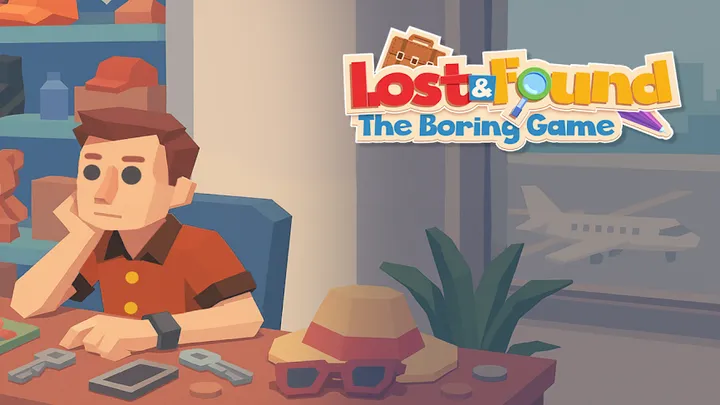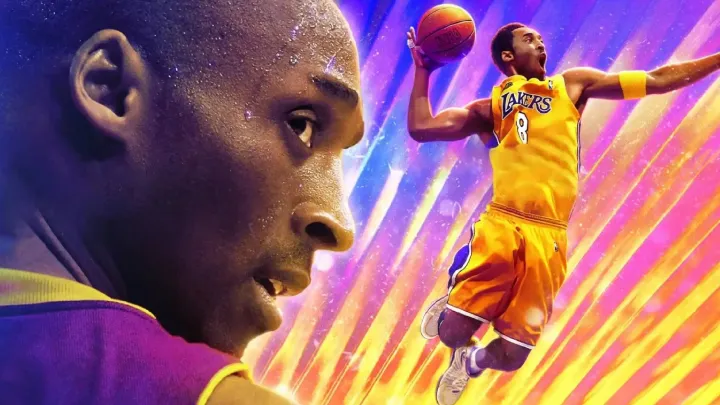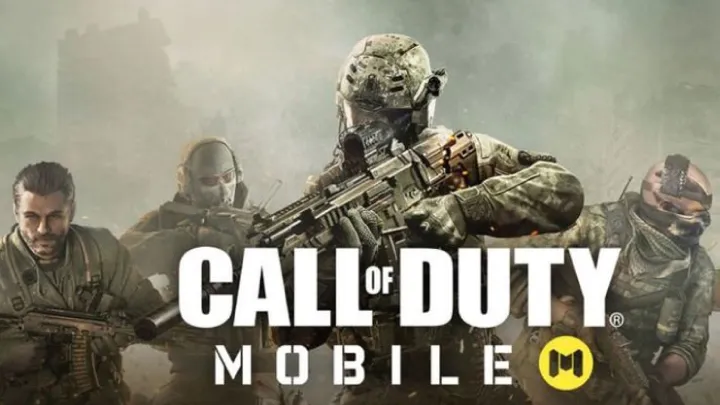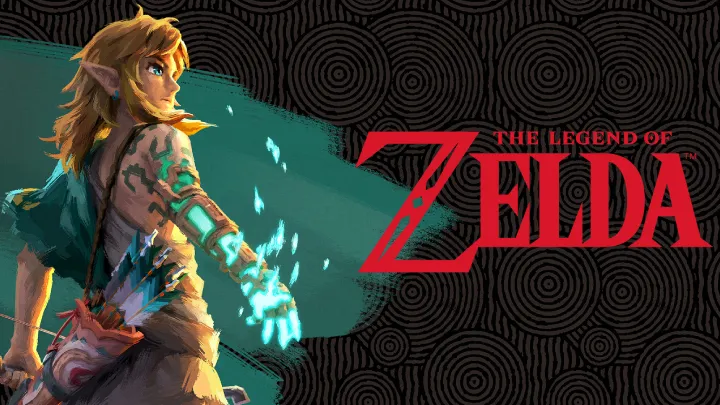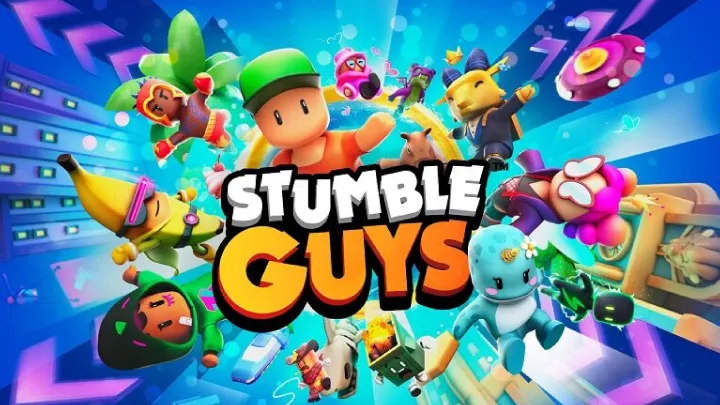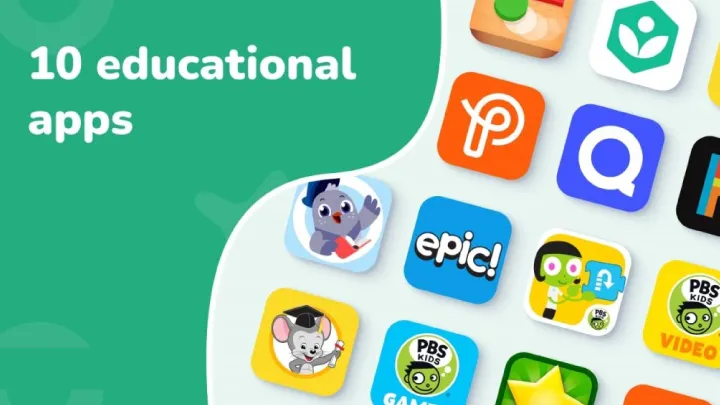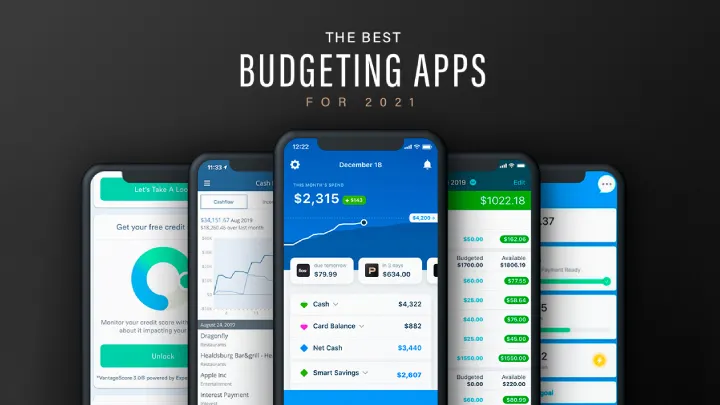Introduction
In today’s digital-first world, music is no longer something we only consume through radios, CDs, or downloads. Instead, music streaming has revolutionized how we discover, share, and experience sound. At the forefront of this revolution is Spotify, the world’s leading music streaming service with hundreds of millions of active users. Founded in Stockholm in 2006 and officially launched in 2008, Spotify transformed the industry by offering on-demand streaming of an immense music library for free or via premium subscriptions.
This article provides a deep dive into Spotify’s evolution, exploring its features, growth trajectory, business model, user experience, and the broader cultural and social impact it has had on music consumption worldwide. We’ll also examine the challenges it faces, from artist compensation debates to competition with tech giants. By tracing Spotify’s story from its humble beginnings to its position as a cultural powerhouse, we can better understand how it reshaped the very way people interact with music.
The Birth of Spotify: A Vision from Sweden
The Problem with Piracy
In the early 2000s, the music industry was collapsing under the weight of piracy. Services like Napster, LimeWire, and The Pirate Bay had created a culture where people expected free access to music. Record labels were losing billions, artists were struggling, and consumers were caught between legality and convenience.
Spotify’s founders, Daniel Ek and Martin Lorentzon, saw this problem as an opportunity. Their idea was simple but revolutionary: create a legal platform that gave users free access to music with ads, while offering a premium option for an ad-free experience. Instead of fighting piracy, they aimed to outcompete it by being easier, faster, and better.
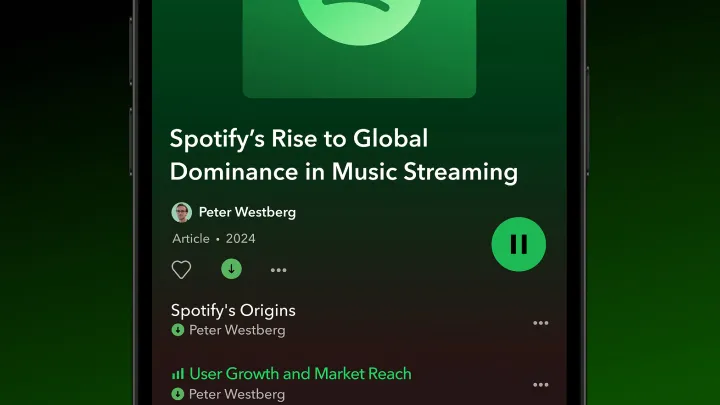
The First Launch
Spotify’s beta launched in 2007 and immediately impressed users with its near-instant playback, unlike the clunky downloads or buffering delays of its competitors. By 2008, the service officially launched in Sweden and quickly expanded across Europe, becoming the go-to platform for streaming.
Spotify’s innovation was not just its technology but also its business model, balancing the needs of users, record labels, and artists.
Growth and Global Expansion
Entering the U.S. Market
One of Spotify’s biggest milestones was its U.S. launch in 2011. By negotiating licensing deals with major labels, Spotify entered one of the most lucrative but competitive music markets. Its freemium model—free with ads or paid premium—gave it a unique edge against Apple’s iTunes, which still focused on downloads.
Surpassing Milestones
By 2015, Spotify had over 20 million paying subscribers, and within just a few years, that number skyrocketed past 100 million. Today, Spotify boasts over 600 million active users worldwide and continues to dominate the global streaming market, surpassing rivals like Apple Music, Amazon Music, and YouTube Music.
Spotify’s Core Features That Redefined Music
On-Demand Streaming
Spotify’s core feature is its vast on-demand library. With over 100 million tracks and podcasts, users can access nearly any song instantly. This eliminated the need for downloads or physical ownership, changing the psychology of music consumption.
Playlists and Personalization
One of Spotify’s greatest strengths lies in its personalization algorithms. Features like Discover Weekly, Release Radar, and Daily Mix allow users to receive curated recommendations tailored to their listening habits.
User-Created Playlists
Spotify empowered users to create and share playlists, turning everyday listeners into curators. Some playlists have even gained millions of followers, rivaling traditional radio influence.
Editorial Playlists
Spotify’s own editorial team curates influential playlists like “RapCaviar” and “Today’s Top Hits,” which can make or break an artist’s career overnight.
Podcasts Integration
Recognizing the rise of podcasts, Spotify invested heavily in this medium. Its acquisitions of Gimlet Media, Anchor, and The Ringer signaled its ambition to dominate not only music but also spoken audio content.
Social Sharing
With easy integrations to Instagram, Facebook, and other social platforms, Spotify positioned itself as not just a streaming service but a social music-sharing platform.
The Business Model: Freemium to Premium
Spotify’s business model has always centered on freemium access. Free users experience ads, while Premium users pay for ad-free listening, downloads, and offline mode.
Revenue Streams
- Subscription Revenue – The majority of Spotify’s income comes from premium subscribers.
- Ad-Supported Revenue – Free users generate income through audio ads, display ads, and sponsored playlists.
Artist Compensation Controversies
While Spotify pays royalties, many artists argue that streaming payouts are too low compared to traditional sales. This has sparked debates about fairness in the digital music economy, with artists like Taylor Swift and Thom Yorke publicly criticizing the platform.
Spotify’s Impact on Artists and the Music Industry
Democratization of Music
Spotify lowered barriers for new artists, allowing them to upload tracks via distributors and reach a global audience without needing record label backing.
Data-Driven Music Creation
With access to user analytics, artists and labels now tailor music releases based on listener behavior. Playlists have influenced song structure, with shorter intros and catchy hooks to optimize for streaming.
Artist Exposure and Virality
Many artists owe their rise to Spotify playlists. Songs like Lil Nas X’s “Old Town Road” gained momentum from streaming before dominating charts worldwide.
Cultural Influence and the Social Dimension
Shaping Listening Habits
Spotify has normalized the idea of access over ownership. Instead of collecting CDs or MP3s, listeners build playlists, share links, and explore algorithm-driven recommendations.
Music as a Social Experience
Spotify Wrapped, its end-of-year personalized listening summary, has become a cultural phenomenon. Millions share their stats on social media, turning music listening into a social identity statement.
Global Music Exchange
Spotify’s presence in diverse regions fosters cross-cultural music exposure. K-pop, Latin music, and Afrobeat have found global audiences thanks to streaming.
Competition and Market Challenges
Rival Platforms
- Apple Music offers higher artist payouts and deep iOS integration.
- YouTube Music leverages its video ecosystem.
- Amazon Music bundles streaming with Prime subscriptions.
Licensing and Legal Battles
Spotify constantly negotiates with labels, publishers, and governments to ensure fair licensing terms. These negotiations are critical to maintaining its vast music catalog.
Artist Criticism
High-profile disputes, like Taylor Swift’s temporary removal of her catalog, highlight the ongoing tension between Spotify and artists over compensation.
Innovations Beyond Music
Podcasts and Audiobooks
Spotify is positioning itself as the “audio-first” company, expanding beyond music into podcasts and audiobooks. With exclusive deals, such as Joe Rogan’s podcast, Spotify has drawn millions of listeners.
AI and Machine Learning
Spotify invests heavily in AI to refine its recommendation algorithms. Features like AI DJ (launched in 2023) use generative AI to create personalized audio commentary between tracks.
The Future of Spotify
Challenges Ahead
- Profitability – Despite massive revenue, Spotify often struggles to remain consistently profitable due to royalty payouts.
- Competition – Tech giants with deep pockets remain formidable threats.
- Artist Relations – Addressing concerns of fair pay will be crucial for long-term sustainability.
Opportunities
- Expanding into emerging markets with localized pricing.
- Strengthening AI-powered personalization.
- Growing its podcast and audiobook ecosystem.
Conclusion
Spotify is more than just a music app; it is a cultural phenomenon that has redefined how the world listens to and experiences sound. From battling piracy to shaping music discovery through playlists, Spotify has had a transformative impact on the industry. It empowered independent artists, changed consumer habits, and blurred the lines between music and social media.
However, the road ahead remains challenging. Debates about artist compensation, fierce competition, and the pursuit of profitability will define Spotify’s next chapter. What remains certain is that Spotify has already secured its place in history as the platform that changed music forever.







